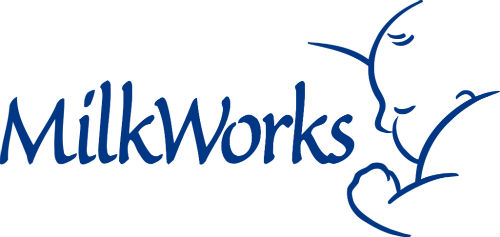Apparently it has something to do with self-efficacy, a term coined by social scientists to describe the process by which human beings embrace behaviors. From the moment we are born, we are influenced by what happens around us. We believe we can do something because people who look like us, talk like us, and live in our own neighborhood are doing it.
When breastfeeding was removed from the lives of American women, ca. 1960, we lost our opportunity to learn about breastfeeding from women around us. With this lost opportunity, we lost our confidence to master this behavior. I had my first babysitting job when I was ten years old, yet I never saw a baby breastfeed until my sister-in-law breastfed my nephew. He was the only breastfed baby I knew until I gave birth to my own son.
We wonder why most new mothers (and fathers) come to breastfeeding feeling uncomfortable and nervous. They are expected to breastfeed when they don’t really believe they can do it.
Since 2001, there has been a movement to restore breastfeeding in the United States. Slowly but surely, we have established support systems for new mothers: breastfeeding classes, doctors who talk about breastfeeding at prenatal appointments, skin to skin following birth, banked donor milk for early supplementation, mothers’ groups, Facebook pages and breastfeeding hotlines. Yet most of these support systems serve only those mothers who navigate our health care system easily, speak English, and have private health care insurance.
Cultural diversity in breastfeeding support means that women see mothers who look like them breastfeed. It means that mothers hear breastfeeding information spoken in their own language, reflecting their unique customs. When women see women they can identify with breastfeed, they realize that they, too, can breastfeed.
For some women, this means restoring breastfeeding practices to their culture by finding women to serve as role models, by sharing accurate information, and by talking about the barriers they face. While breastfeeding is a shared experience for women across cultures, different populations of women face different challenges.
For other women, who come to America from breastfeeding cultures halfway around the world, it means helping them to hang on to their legacy of breastfeeding, even though they now live in a culture that hides breastfeeding. After all, if you are trying to fit in, are you going to do something that no one else is doing?
People often wonder why Lincoln and Omaha need a non-profit community breastfeeding center. Why must breastfeeding be so visible? Why is it important to talk about breastfeeding? Why do we want children to see their mothers breastfeeding? Why does it help for women to learn about breastfeeding in their own language? Think back to that term that social scientists coined self-efficacy. Women breastfeed because women like them breastfeed and, as a result, they believe they can do it, too.
